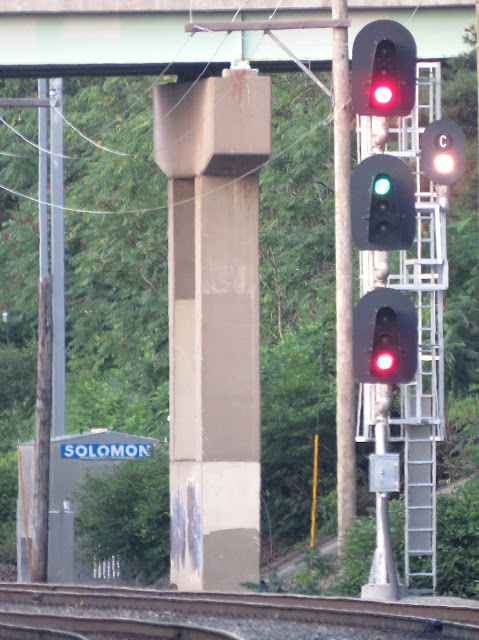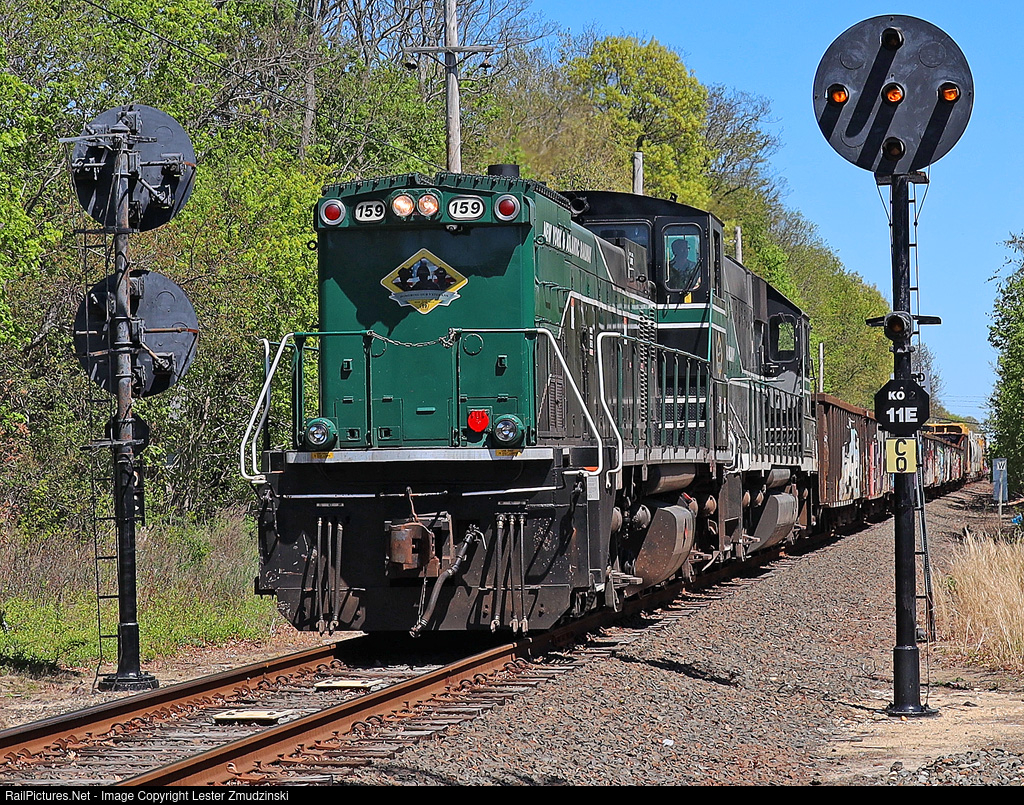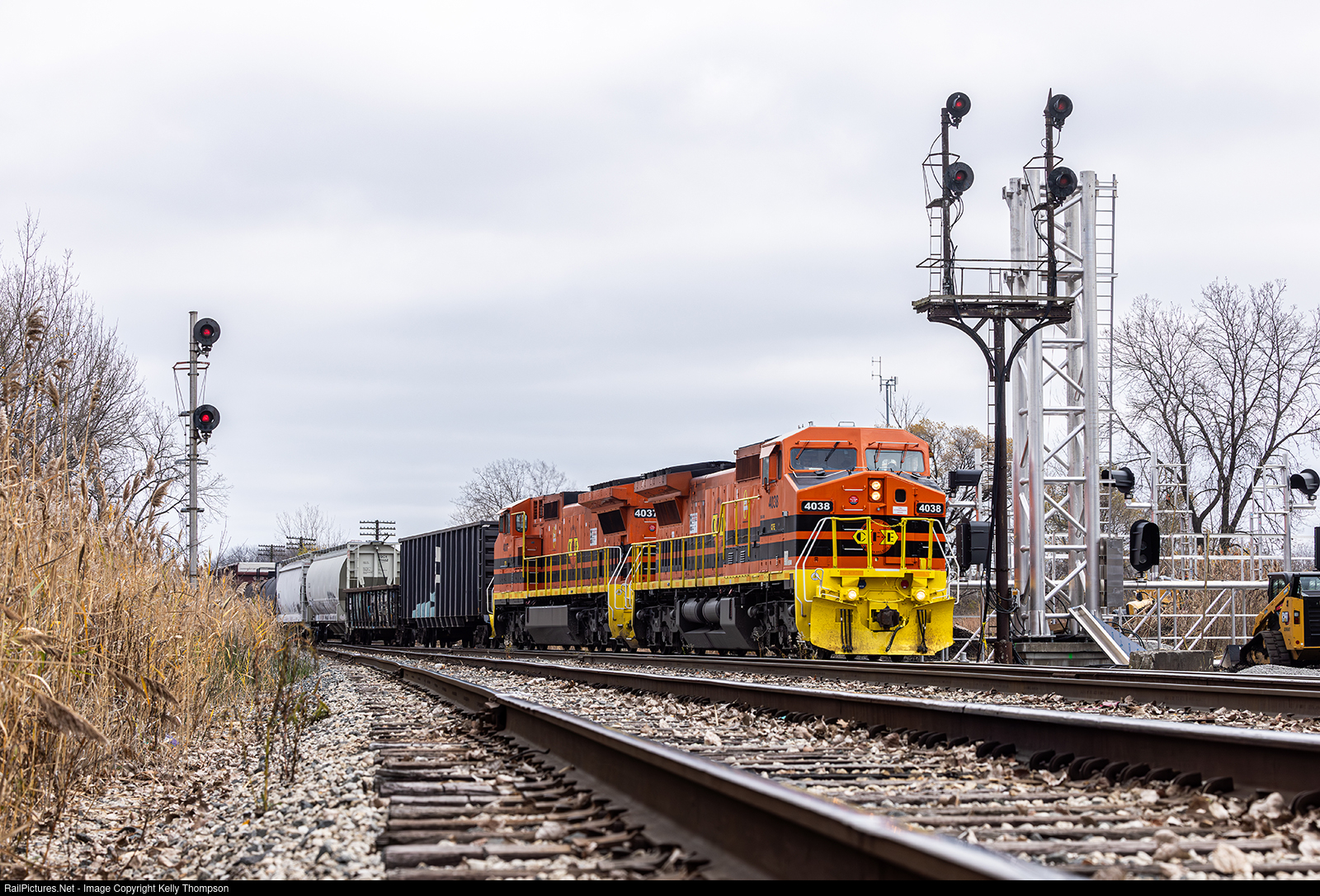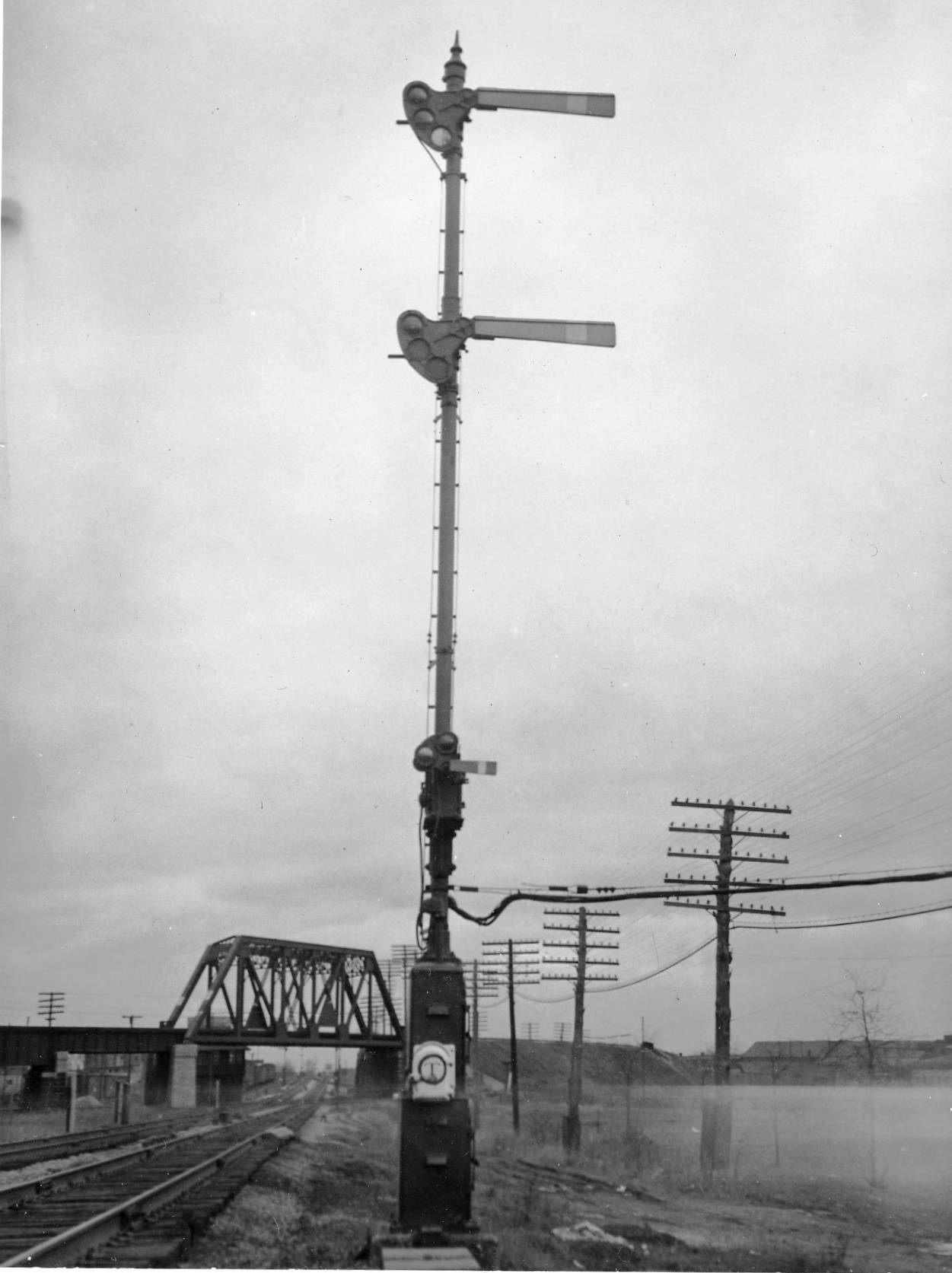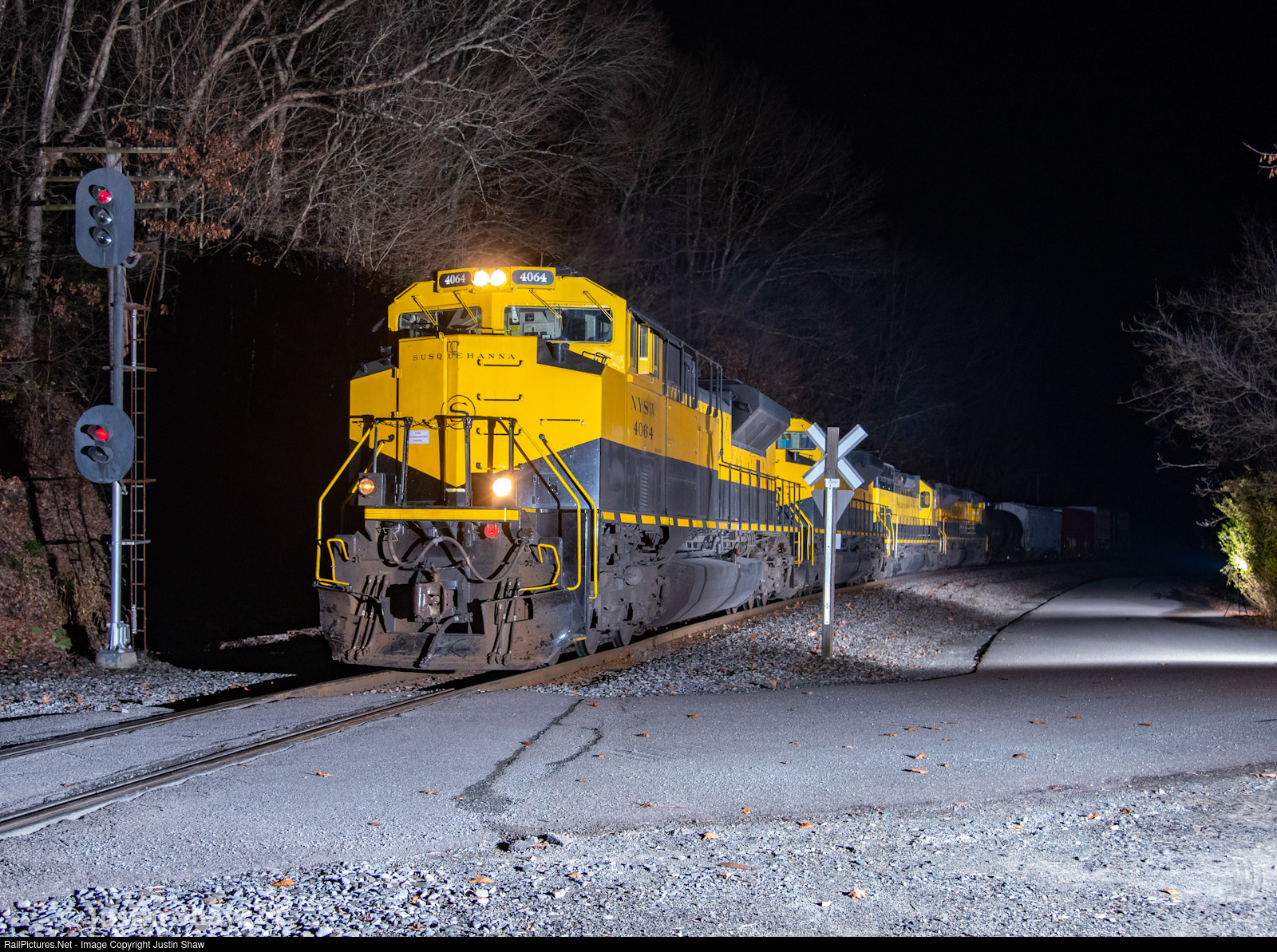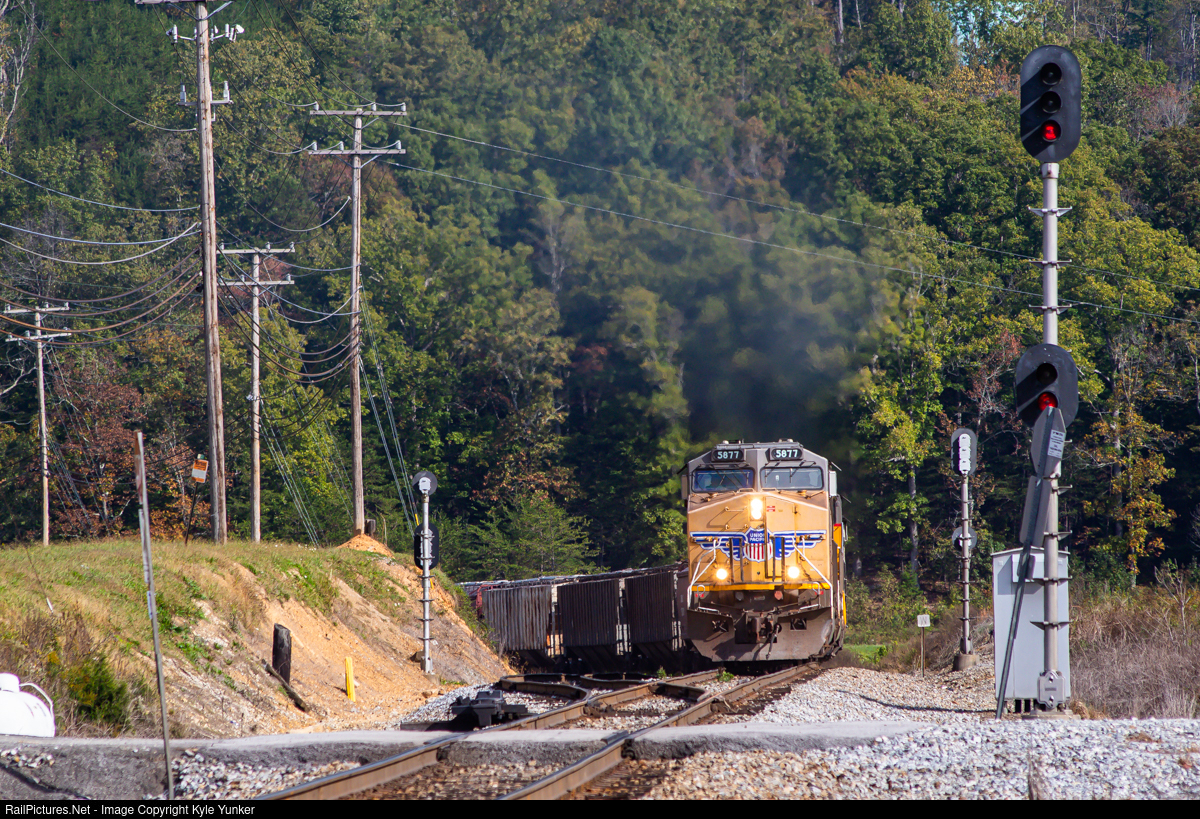Pennsylvania's
Wyoming Valley, today home to the Scranton–Wilkes-Barre metropolitan area, was the West Texas or Saudi Arabia of the 19th century due to its massive reserves of Anthracite coal. A premium product demanding premium prices, anthracite coal was the way that industrializing America kept warm in the water months after the landscape had been stripped bare of trees for firewood. This is how the Wyoming Valley could fund the operations of three major railroads (the
Lehigh Valley,
Central RR of NJ and Delaware Lackawanna and Western) and similarly explain why those railroads seemed to evaporate without a trace when the world moved on to oil and natural gas.

Perhaps nothing optimized the uniquely American phenomena of direct railroad competition like the LVRR and CNJ, whose main lines were both functionally and in some places literally parallel. In the 1960's the anthracite collapse was well under way and a decade before Conrail, the CNJ had decided to throw in the towel and allow the LVRR to consolidate its operations to Scranton. North of its large yard in
Lehighton, PA, the LVRR was able to stitch together a hybrid route, using better aligned portions of the CNJ over the Pocono mountain summit between
White Haven and Laurel Run. Later, Conrail would choose to use the CNJ main line between Lehighton and Allentown creating a Frankenstein's monster "
Lehigh Line" between NYC, Scranton and NY's Southern Tier. As the region's industry continued to shift, Conrail shoveled off the Lehigh Line north of Lehighton to the upstart Reading and Northern in the 1990's.

All this history is necessary to understand why the signaling on the Lehigh Line portion of the
Reading and Northern's main line between Reading and Pittston, looks the way it does. Recently made visible by the series of R&N Iron Horse Rambles and its regular weekend
Lehigh Gorge excursion service, the current signaling on the upper Lehigh Line reflect its unique history. In the 2024/2025 time frame I was able to gather enough content to put together a signaling guide covering the old Lehigh Line between
Mauch Chunk and Pittston.
We begin at R&N's COAL interlocking, which was built new by them to support the R&N's "Main Line" concept between Reading and Pittston, but also its Lehigh Gorge tourist operations. Using a salvaged lattice cantilever mast, COAL connects what was the old CNJ route to the former LVRR route at the south end of the Lehigh Gorge.
Into the 2000's, Conrail (later NS) owned and operated this portion of the Lehigh Line as a double track Rule 251 main line. Traffic was so light that the southbound track was used bi-directionally with northbound trains needing to get a Form D, while the southbound track had its signal system taken out of service and used for R&M excursions and freights. NS moved first to convert the southbound track to Rule 261 (CTC) operation, with the R&N converting the former northbound track to Rule 261 in the late 2010's. Each track has a single ABS signal location in this line segment, NS at LVRR milepost 126 and the R&N's at its own milepost 124.
A quick note on Mileposts. In the Conrail era the Lehigh Line would alternately use legacy mileposts from the CNJ, LVRR and LVRR Mountain Cutoff. The Reading and Northern switched this to its own mileposts that continues the Reading Company chaining from the old Reading Terminal. Somehow this has managed to match up with the legacy CNJ mileposts within a few tenths, but LVRR mileposts are off by several miles. I will be using the R&N mileposts for most of this article.

CP-M&H JCT marked the transition between double track ABS and single track CTC through the Lehigh Gorge and, starting in the 1990's, the start of the Reading and Northern lease. CP-M&H JCT was re-signaled by Conrail around the time of the lease and has the typical Conrail hallmarks of a CorTen steel relay hut and color tri-light signals. What sets CP-M&H JCT apart is the use of "budget" L&W brand modular signals in the tri-lights. It's entirely possible that the lease arrangement had Conrail responsible for some portion of the signaling system (the interlockings still appear in CR's 1997 signal charts) resulting in signaling that looked Conrail, but with different hardware.


When the R&N lease came into force the arrangement still created a gap in the R&N's conceptual Main Line between Mauch Chunk and CP-M&H JCT where they had to run under Conrail rules and dispatching. When NS finally transferred the northbound track to the R&N in the mid-2000's, they were so thrilled to be in total control that they built a new interlocking back-to-back with CP-M&H JCT named INDEPENDENCE.
 |
| The mast is for CP-M&H JCT and the dwarf for INDEPENDENCE. |
CP-M&H JCT wasn't an isolated re-signaling as it appears that all of the signaling in the Lehigh Gorge proper was replaced around the time of the lease. This was possibly due to the desire to replace any pole line based system due to the inaccessible nature of the right of way in the Lehigh Gorge. The new Conrail style signaling again reflected the economic decline of the region with a shift to extra long 3-4 mile signal blocks versus the standard 1-2 mile length. ABS signal locations in the gorge are at R&N milepost 130, 133/134 and 138. The 133/134 location split the Jeddo tunnel for visibility reasons.
It appears that the pole line was retained to supply 440v power to the signal locations, however it is unclear if this supply is still in service.
The end of the 90's re-signaling is at the controlled holdout signal CP-WHITE-HAVEN, which is just a few miles shy of the alignment change from LVRR to CNJ. I do not currently know the status of the CNJ main north of Lehighton prior to 1965, but the re-signaling boundary is surely related to the relative utility of the CNJ signaling versus the LVRR signaling. One possibility could be a post-war investment in CTC by the CNJ to cut costs that exceeded the standard of whatever the LVRR was up to at the same time.





















